Conservation and Management of Local Environmental Habit
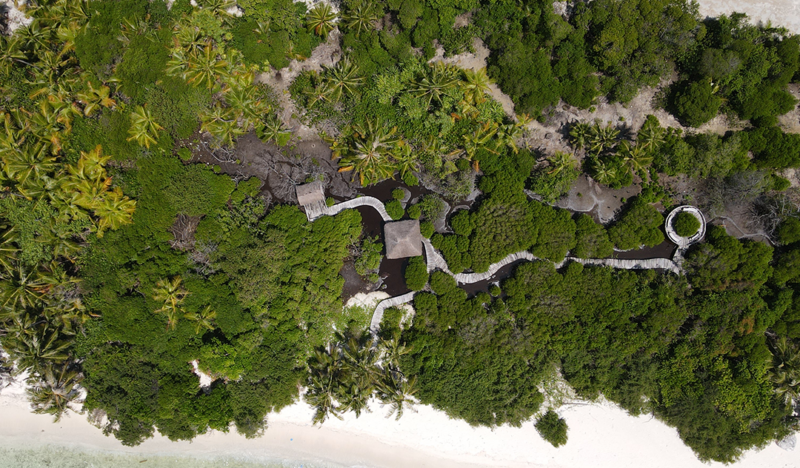
These photos are shots of Landhoo, residing in the Noonu atoll.
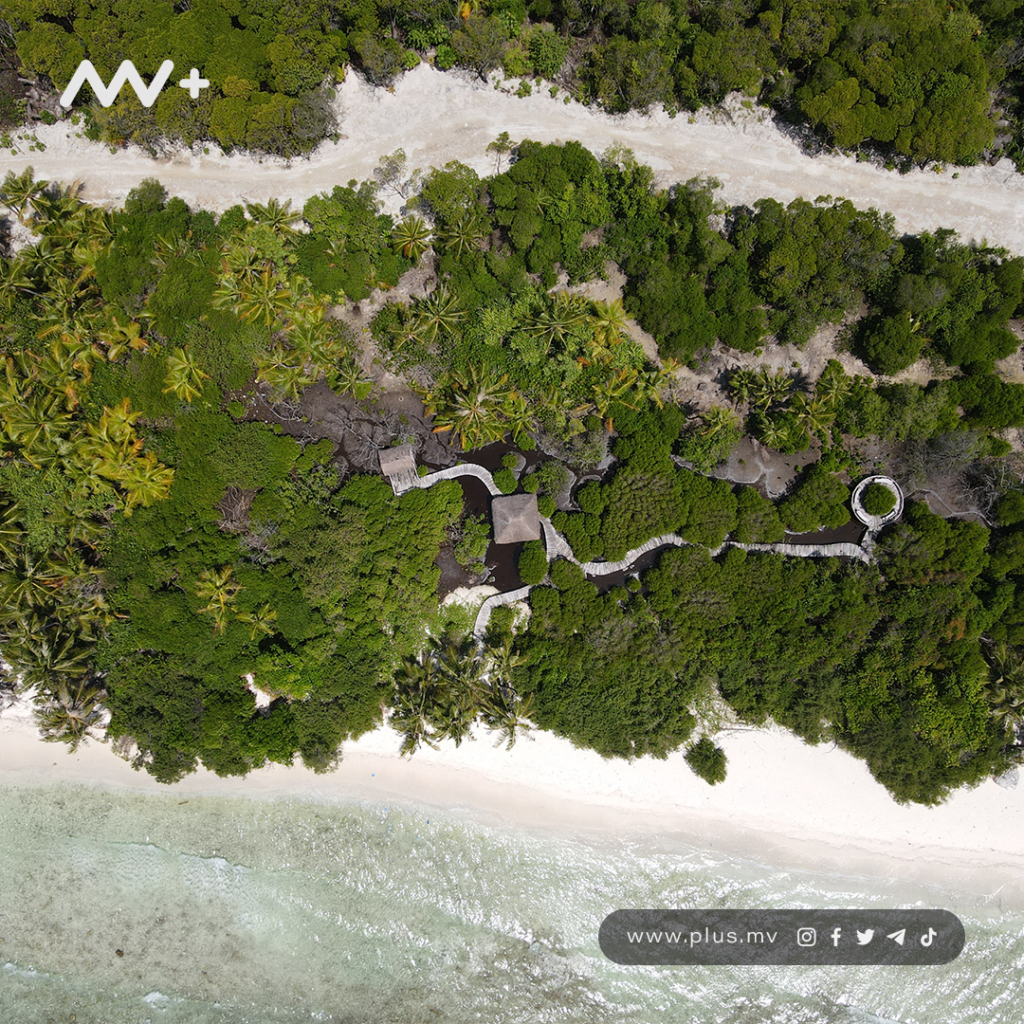
Landhoo is an inhabited island that is rich and cultural knowledge, it is known for its stone carving for several centuries from ancient Maldives.
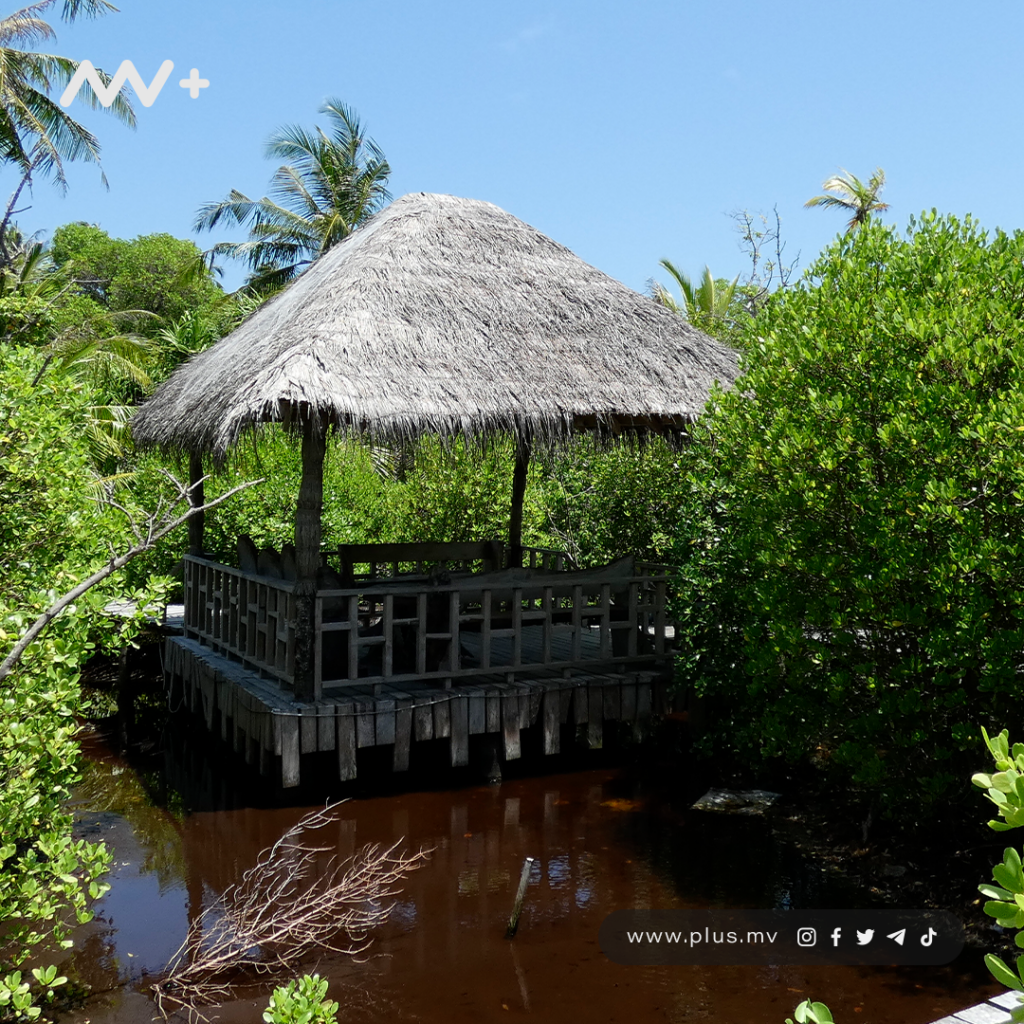
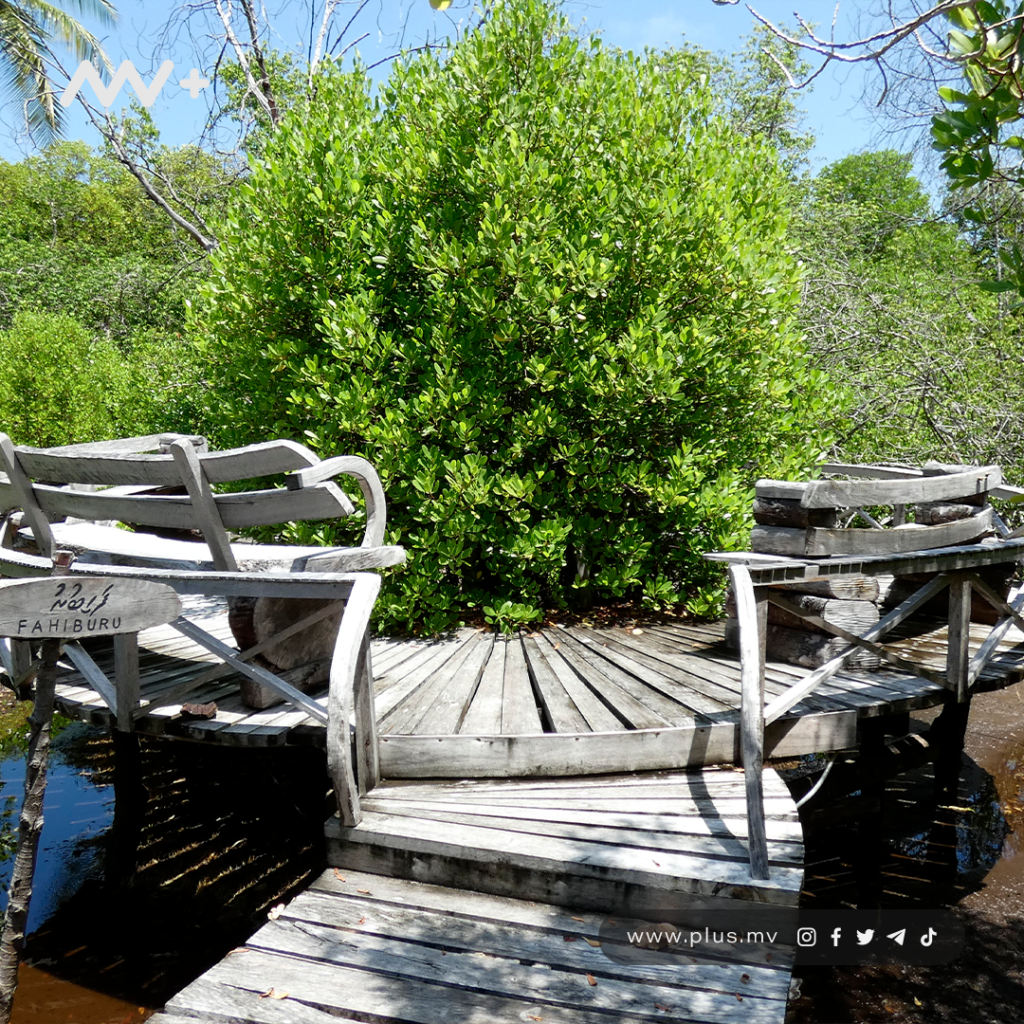
Many of the Noonu islands are characterised by mangrove areas, ranging from bogs, marshes to large fresh water bodies. Noonu atoll has about 1.1 km of mangrove areas, which is about 15% of mangroves in the Maldives.
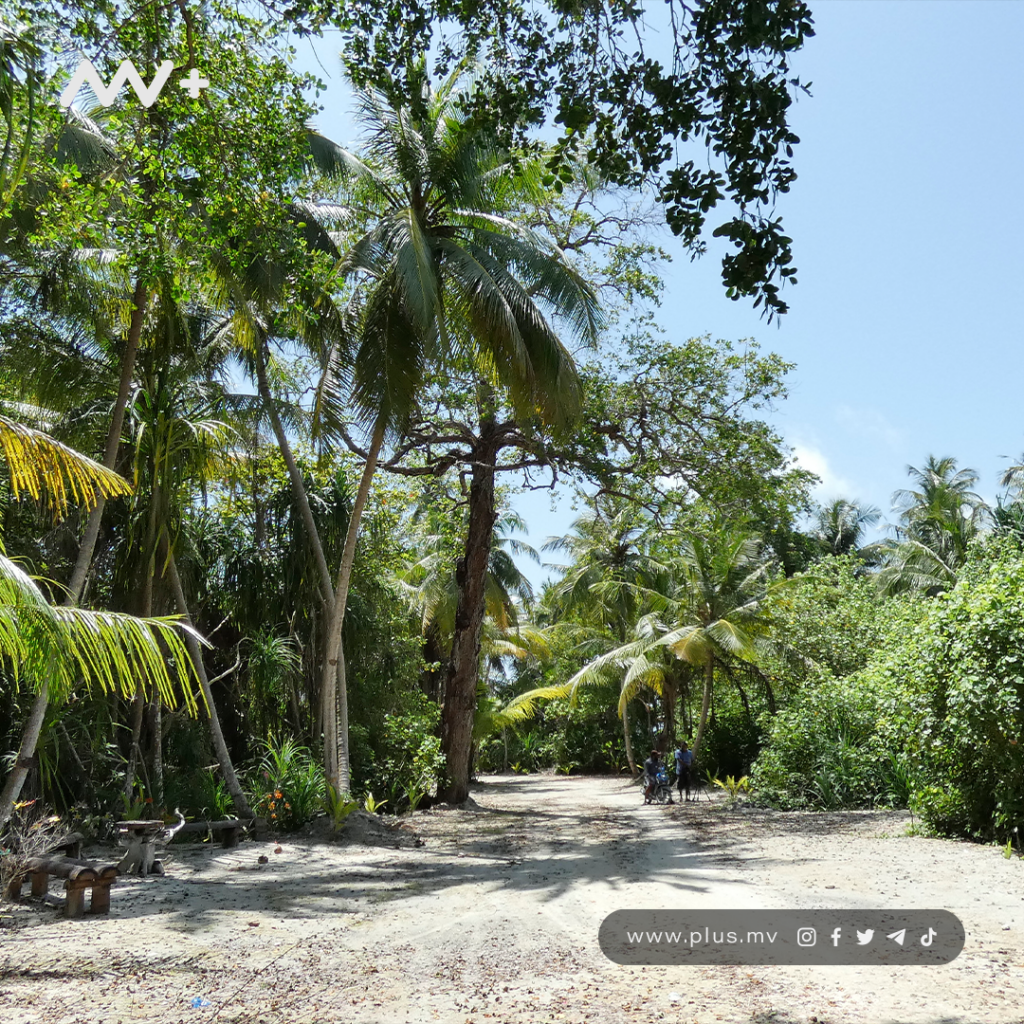
According to the Maldives Bureau of Statistics, the size of Landhoo is 86 hectre with a population of 725 people. The total number of children that are studying in Landhoo are 218.
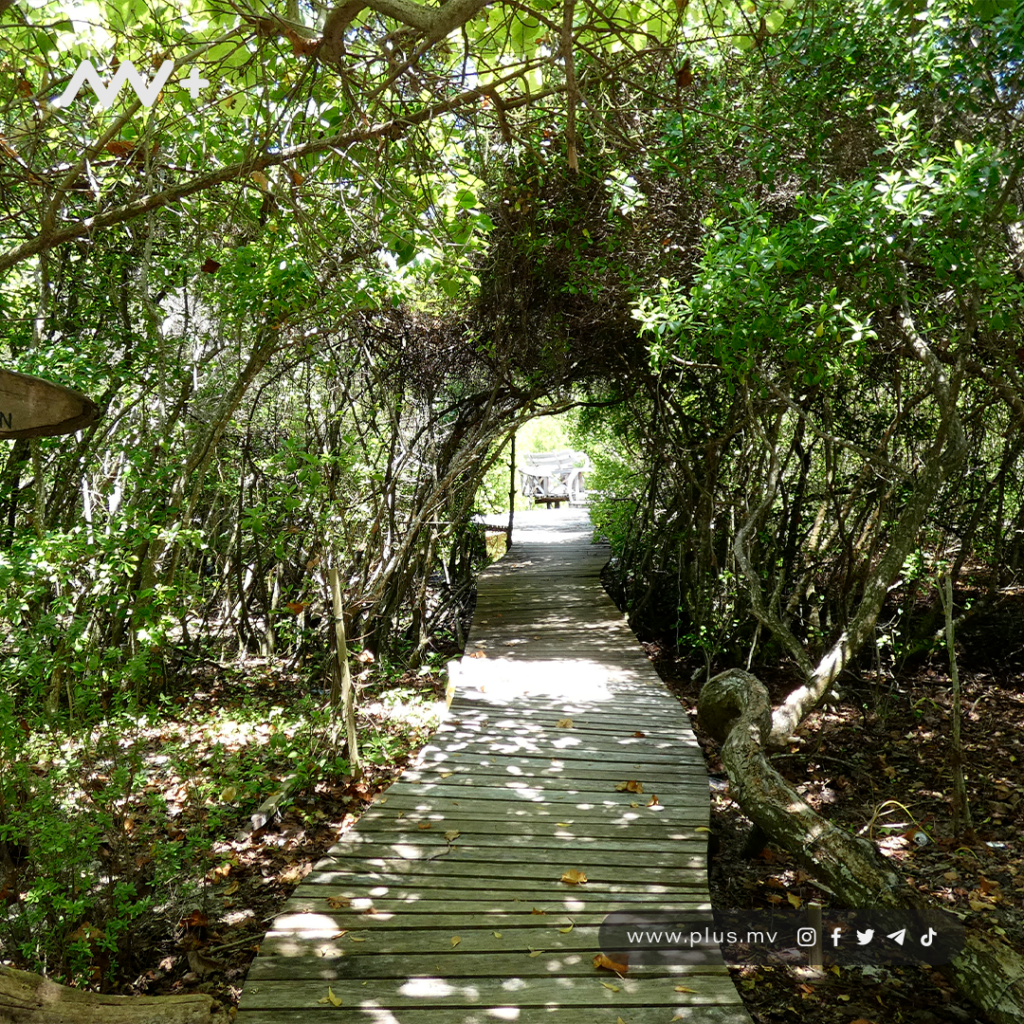
None of the mangrove’s areas in Noonu Atoll are declared as protected, however, these lands are being used to destroy and build sites. The destruction of these beautiful and precious wetlands destroys the biodiverse ecosystems.
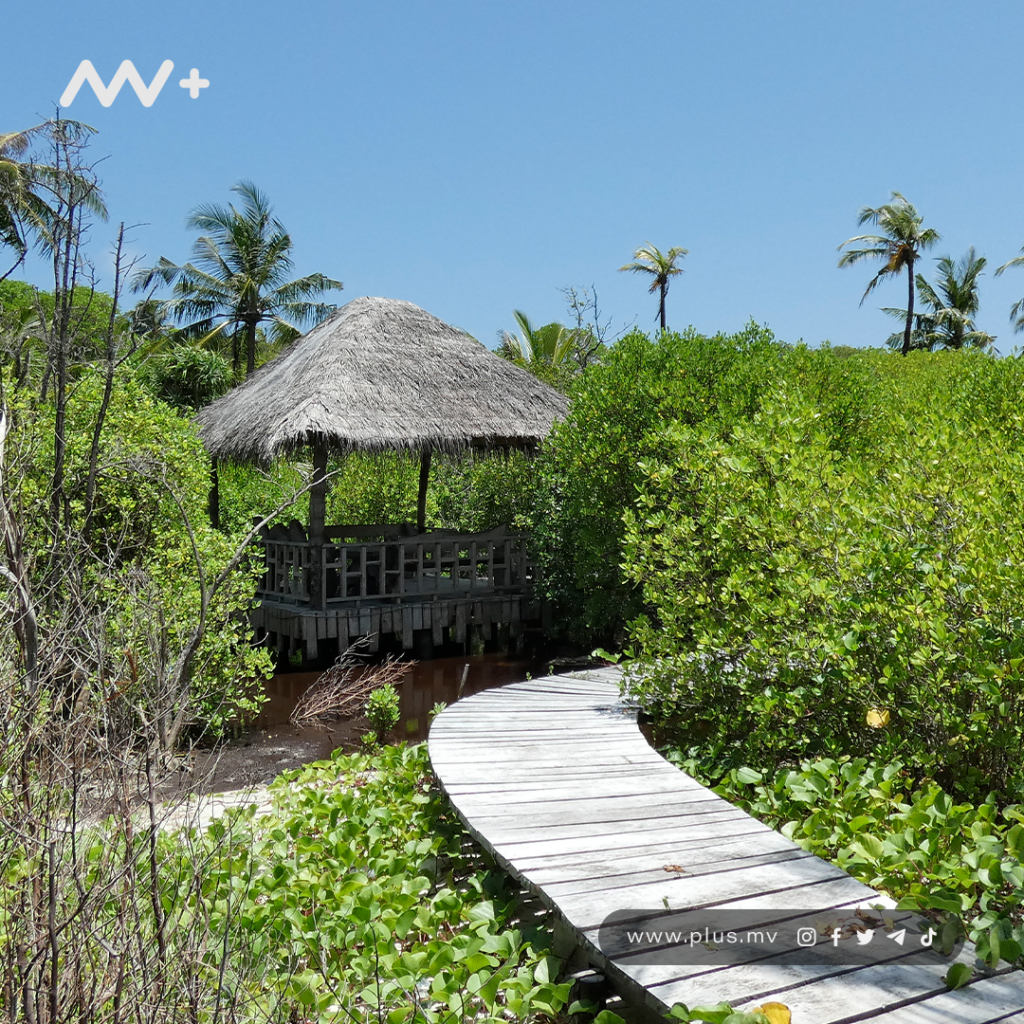
These mangroves are inhabited with 103 species of birds, all species of turtles, rays and skates. In addition, dolphins, Napoleon wrasses, giant clams, black coral, whale sharks, conch shells, whales, sharks, berried female lobsters are all protected under the law.
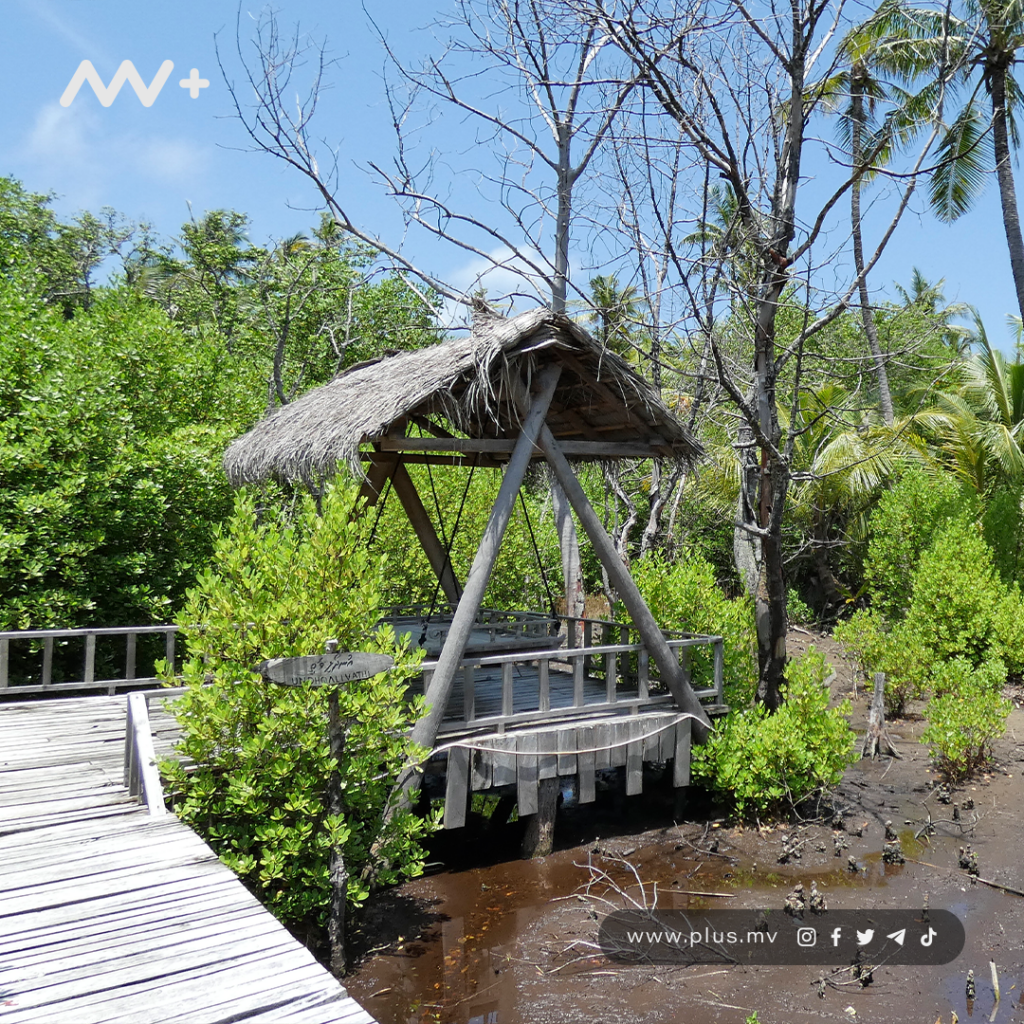
The negligence and wilfully destroying mangrove is an ongoing project by the government. By declaring these locations as protected sites on paper and continuing to destroy them results in the destruction of the wetlands and ecosystems.

Mangroves are unique ecological environments that host rich species. They are home to a variety of epibenthic, infaunal, and meiofauna invertebrates. The mangrove areas are highly productive ecosystems that contribute to the food chains of the islands.
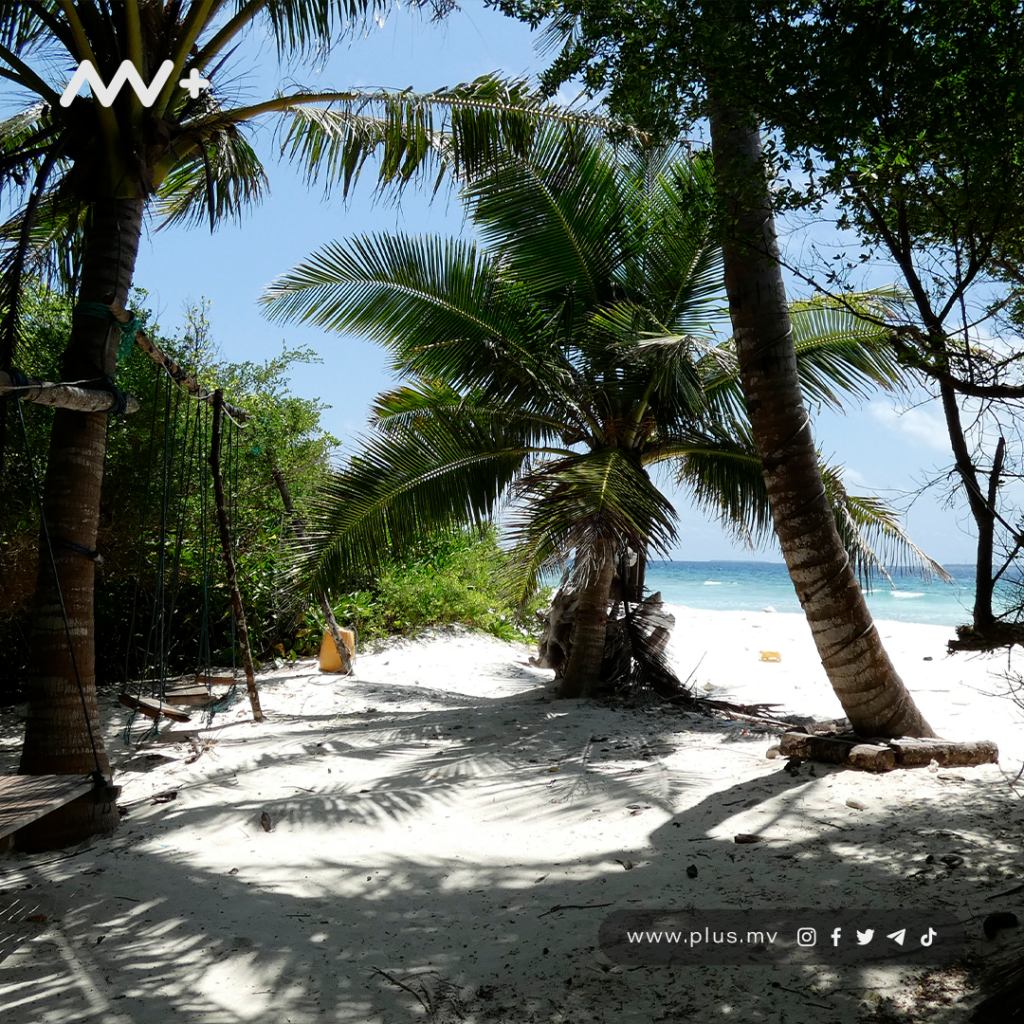
They are also vital to the ecosystems and filter our nutrients and sand that grows on the house reef around the islands.
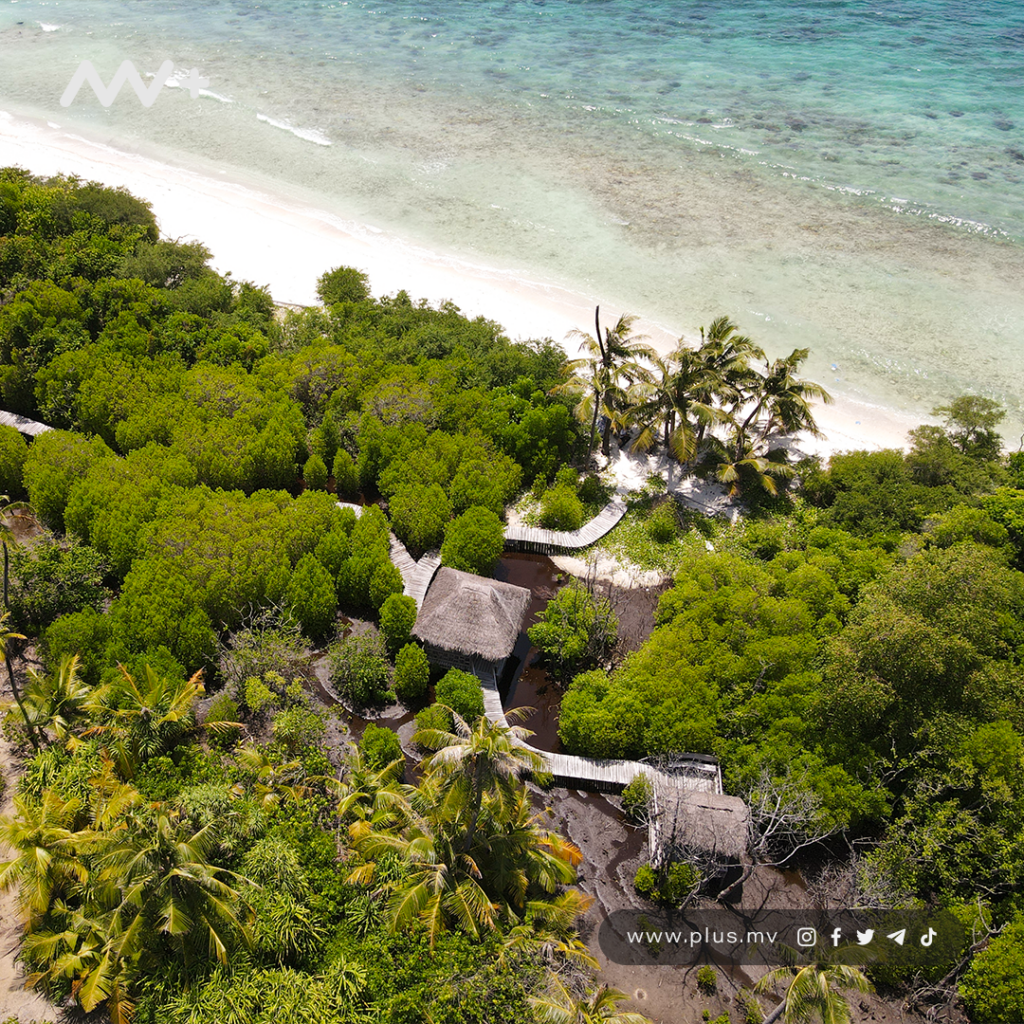
#conservationforeconomicgrowth






